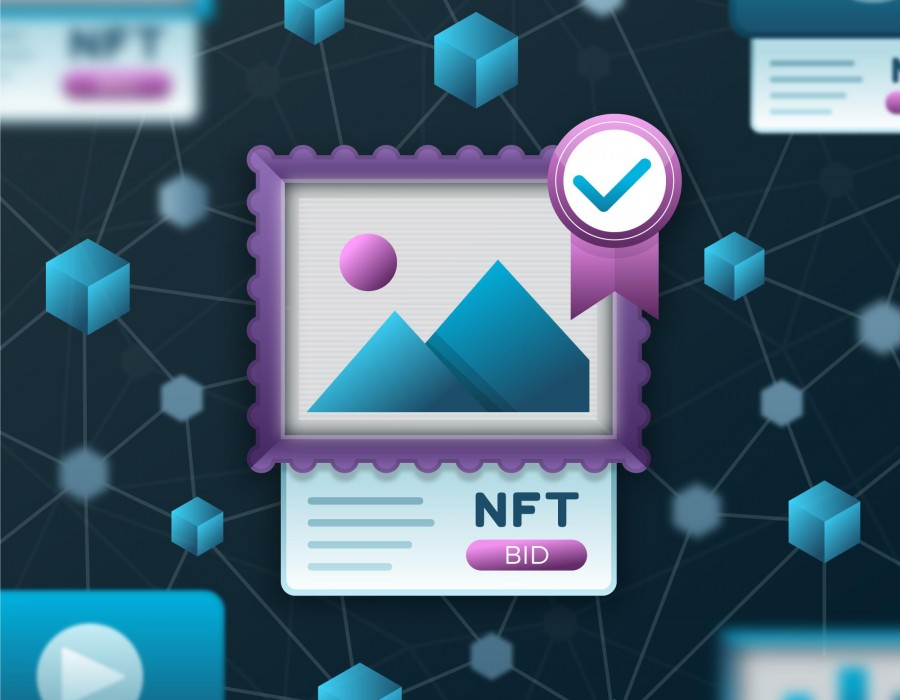Art drives humanity. Ever since the first humans walked the planet, art has been a mode of self-expression. And as the technology to develop art evolved, so did the art itself. From the most primitive cave paintings to holographic art, art has been flourishing and adapting to the times. So much so that entire eras are named for the kind of art that was produced.
With NFTs being the shiniest new toy in the tech world, it makes sense that it has been integrated into the art space. Art NFTs were among the first to be minted, and several pieces have been sold for millions! Art is an integral part of any NFT, and is prominent even in gaming NFT marketplaces. With art NFTs gaining this much traction, they are in a dynamic state of change, incorporating new ideas and innovations that would drive their value. One noteworthy inclusion is that of generative AI.
What are Generative Art NFTs?
Sounds fancy, right? Generative Art has been around since the 1960s. It essentially refers to art that has been created in tandem with an algorithm. The artist inputs certain rules and parameters that the system follows to generate a unique piece of art. However, it wasn’t until the NFT boom in 2021 that NFTs were introduced into the picture.
Generative art NFTs are created using smart contracts on the blockchain. They are created in much the same way as normal generative art. Adding the NFT layer, brings with it the element of uniqueness. And, of course, the excitement of neither artist nor collector knowing what the final product will look like.
The Bottom Line
Generative Al is increasingly being used in combination with NFTs. Whether in the art or music world, Generative art NFTs may just open the doors to art and entertainment in the Metaverse.





Comments